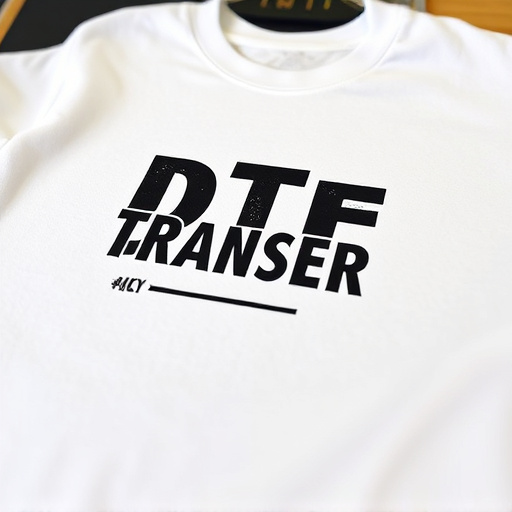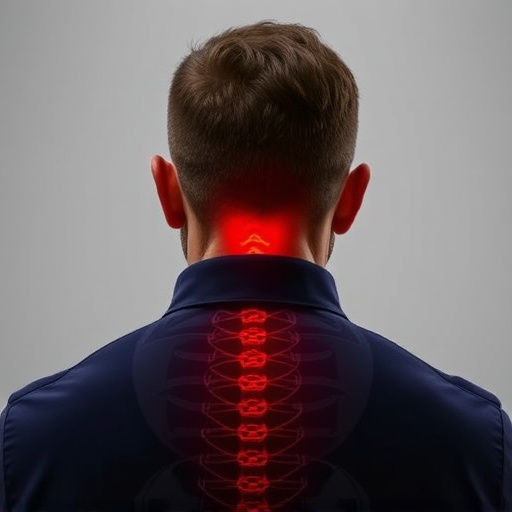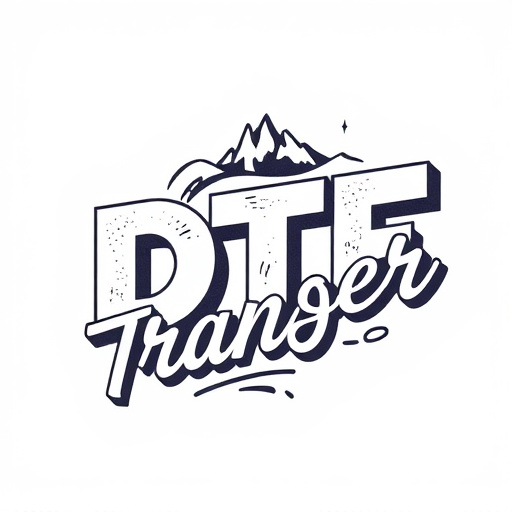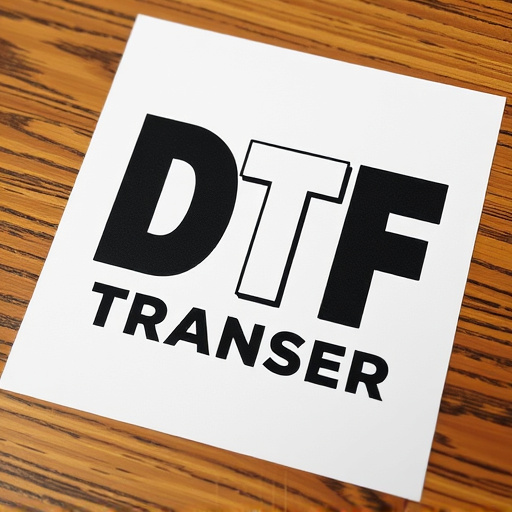Direct-to-Film (DTF) transfer revolutionizes custom printing with high-quality, personalized designs for various applications. Choosing suitable substrates and inks ensures durability and aesthetics, while design customization allows for unique, visually stunning effects. Meticulous preparation and checking guarantee accurate DTF prints, and the application process involves curing to permanently bond designs to surfaces. Post-print finishing techniques protect DTF transfers from fading and damage, ensuring longevity in various environments.
Creating personalized direct-to-film (DTF) designs offers a unique way to transform various surfaces into eye-catching art. This step-by-step guide delves into the world of DTF transfer, providing insights for crafting exceptional custom prints. From understanding the fundamentals of DTF and material selection to design customization techniques and post-print finishing, each section ensures your journey toward flawless DTF creations is successful. Unlock the potential of DTF printing and elevate your personalized designs today.
- Understanding Direct-to-Film (DTF) Transfer: A Foundation for Personalized Designs
- Choosing the Right Materials: Substrates and Inks for DTF Printing
- Design Customization: Techniques for Creating Unique DTF Prints
- Preparation and Pre-Press Checks: Ensuring Optimal Print Quality
- Application and Curing Processes: Bringing Your DTF Designs to Life
- Post-Print Finishing: Enhancing and Protecting Your Personalized DTF Transfers
Understanding Direct-to-Film (DTF) Transfer: A Foundation for Personalized Designs

Understanding Direct-to-Film (DTF) Transfer is a crucial step in creating personalized designs that pop on screen. DTF Printing involves transferring ink directly onto film, offering a unique way to produce high-quality, custom prints for various applications, from merchandise to theatrical backdrops. Unlike traditional printing methods, DTF focuses on the direct application of pigment to the desired surface, ensuring vibrant and precise color reproduction.
This process is particularly appealing for those seeking to craft distinctive, eye-catching designs that stand out in film. By utilizing DTF Transfer techniques, designers can achieve intricate patterns, bold graphics, and even photo-realistic images directly onto film media. This method democratizes the creation of custom visuals, making it accessible to artists, filmmakers, and businesses alike, who can now bring their creative visions to life with remarkable efficiency and impact.
Choosing the Right Materials: Substrates and Inks for DTF Printing

When creating personalized direct-to-film (DTF) designs, selecting the appropriate materials is a crucial step in achieving high-quality DTF prints. The choice of substrate and ink plays a significant role in determining the final output’s durability, vibrancy, and overall aesthetics.
For DTF transfers, choosing the right substrate is essential. This can range from vinyl to fabric, each offering unique properties for different applications. Vinyl, for instance, is popular due to its versatility and ability to withstand outdoor conditions, making it ideal for car wraps or signage. On the other hand, fabric substrates are excellent for clothing designs, ensuring a smooth finish and vibrant color reproduction. Inks used in DTF printing should complement these materials; eco-solvent or UV-curable inks are commonly preferred for their fast drying times and exceptional print quality. These ink types also offer good adhesion to various surfaces, allowing for long-lasting DTF transfers.
Design Customization: Techniques for Creating Unique DTF Prints

Design customization is a key aspect of creating personalized direct-to-film (DTF) designs. To make your DTF prints stand out, experiment with various techniques that allow for unique and tailored creations. One effective method is to incorporate custom graphics and illustrations directly onto the film transfer. This can be achieved through digital design software, enabling you to create intricate patterns, logos, or personalized images that will be seamlessly transferred onto the desired surface.
Another powerful technique involves blending different DTF Transfer colors and finishes. By combining various shades and textures, you can craft visually appealing effects that capture the essence of your design vision. Whether it’s a subtle gradient or a bold color contrast, this customization layer adds depth and dimension to your DTF prints, ensuring they are one-of-a-kind and highly desirable.
Preparation and Pre-Press Checks: Ensuring Optimal Print Quality

Before sending your design to print, thorough preparation and pre-press checks are essential to guarantee optimal DTF (Direct-to-Film) transfer quality. Start by ensuring your artwork is in the correct file format and resolution, typically high-resolution PDFs or vector graphics. Check for any color discrepancies, as color accuracy is critical for DTF prints, which rely on precise color matching with the film.
Additionally, perform a thorough inspection for print readiness. Verify that all text is outlined or converted to paths to prevent jaggied edges in the final print. Remove any unnecessary elements or hidden layers that won’t be part of the final DTF transfer. Lastly, test your printing setup by running a test print on a separate surface to ensure the ink or emulsion is correctly adjusted, providing a seamless and accurate representation of your design when applied to the desired substrate during DTF printing.
Application and Curing Processes: Bringing Your DTF Designs to Life

After creating your personalized design using direct-to-film (DTF) transfer software, the next step is to apply and cure the design onto your chosen surface. DTF printing involves transferring precise, high-quality images directly from a digital file onto various materials like vinyl, fabric, or wood. The application process typically uses a special adhesive to secure the design, ensuring it adheres firmly to the substrate.
Curing, or setting, is crucial in the DTF transfer process. It involves using heat and pressure to activate the adhesives and permanently bond the design to the surface. This step guarantees that your DTF prints are long-lasting, vibrant, and resistant to fading or peeling. The curing process can vary depending on the materials used and the desired finish, but it’s a critical stage in bringing your creative designs to life.
Post-Print Finishing: Enhancing and Protecting Your Personalized DTF Transfers

After printing your personalized DTF (Direct-to-Film) transfers, the next step is to enhance and protect them for optimal results. Post-print finishing plays a crucial role in ensuring your DTF prints stand out and last longer. This process involves several techniques to improve the overall quality and durability of the transfer. One common method is lamination, which provides a protective layer over the print, making it more resistant to fading and damage. Laminate films are available in various finishes, offering a glossy or matte appearance depending on your preference.
Additionally, you can explore other finishing options like adding clear coats or ultraviolet (UV) protection. Clear coats act as a barrier, shielding the DTF transfer from environmental elements and enhancing its longevity. UV protection is particularly useful for outdoor applications, as it prevents the harmful effects of sunlight from degrading the colors and designs. These finishing techniques not only boost the aesthetics but also safeguard your creative work, ensuring that your personalized DTF transfers remain vibrant and in top condition for years to come.














